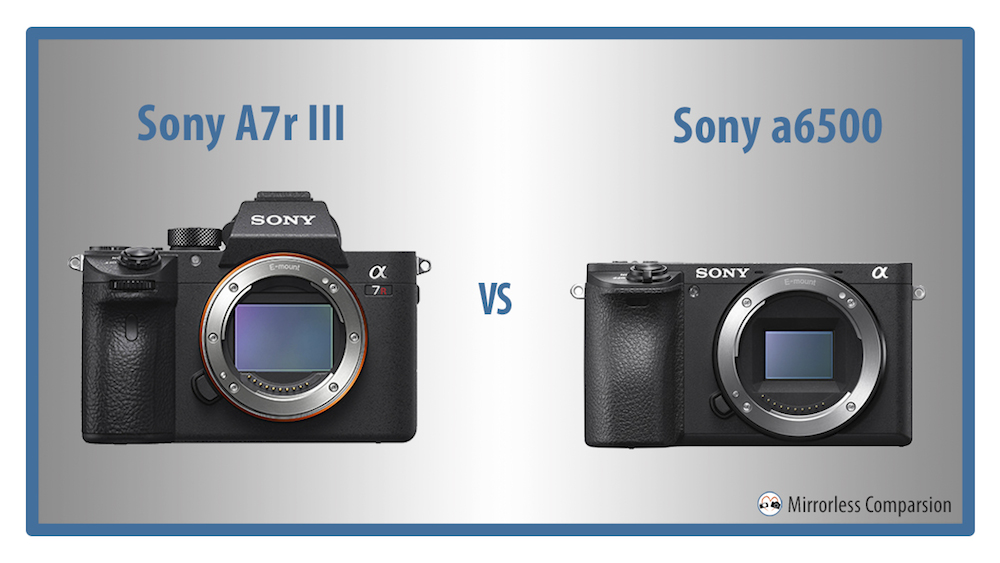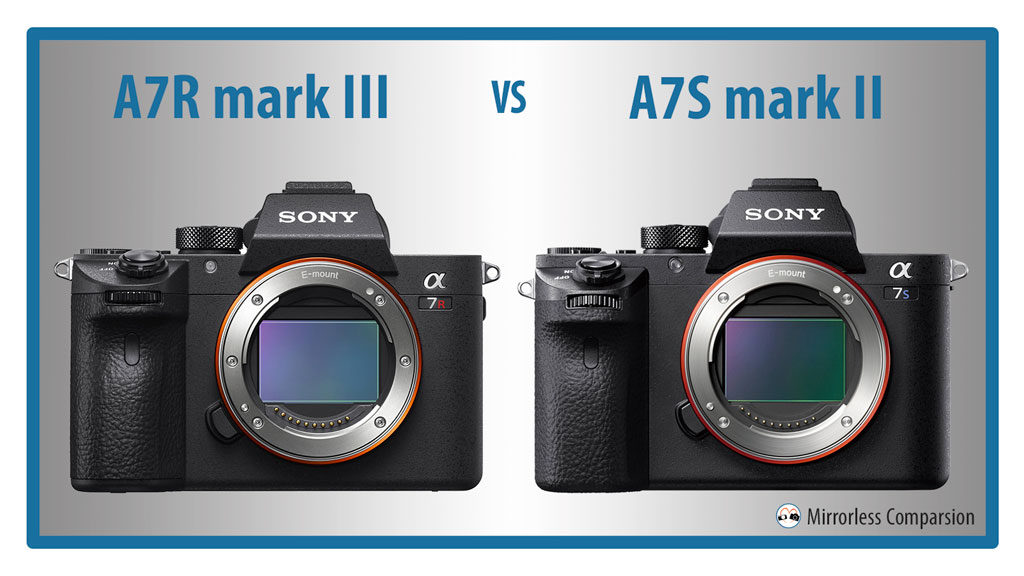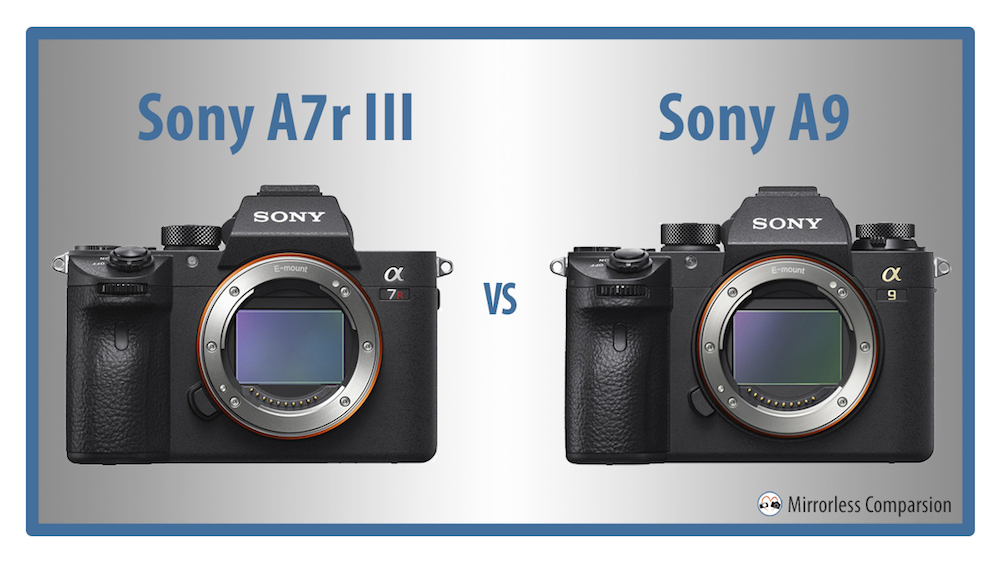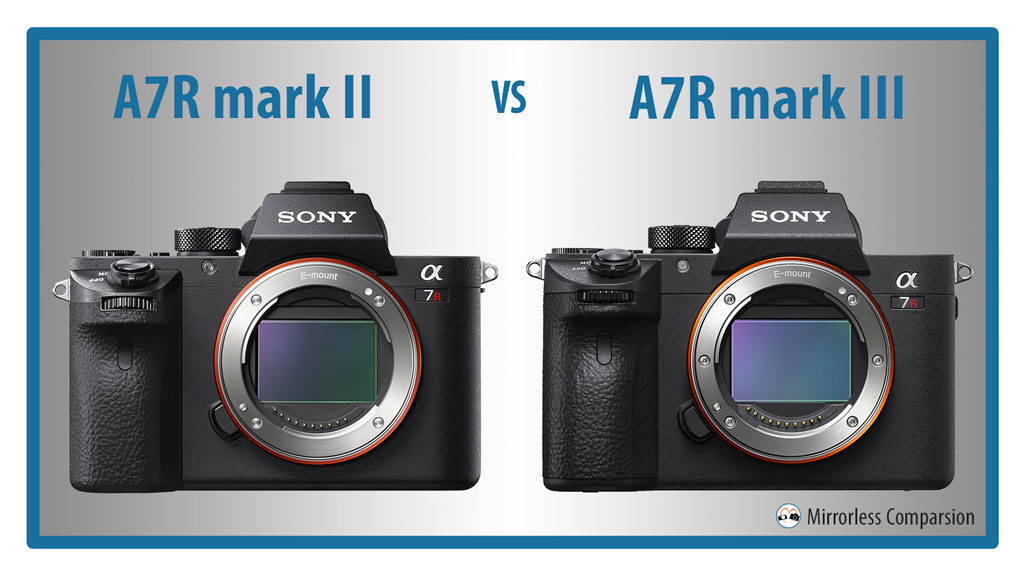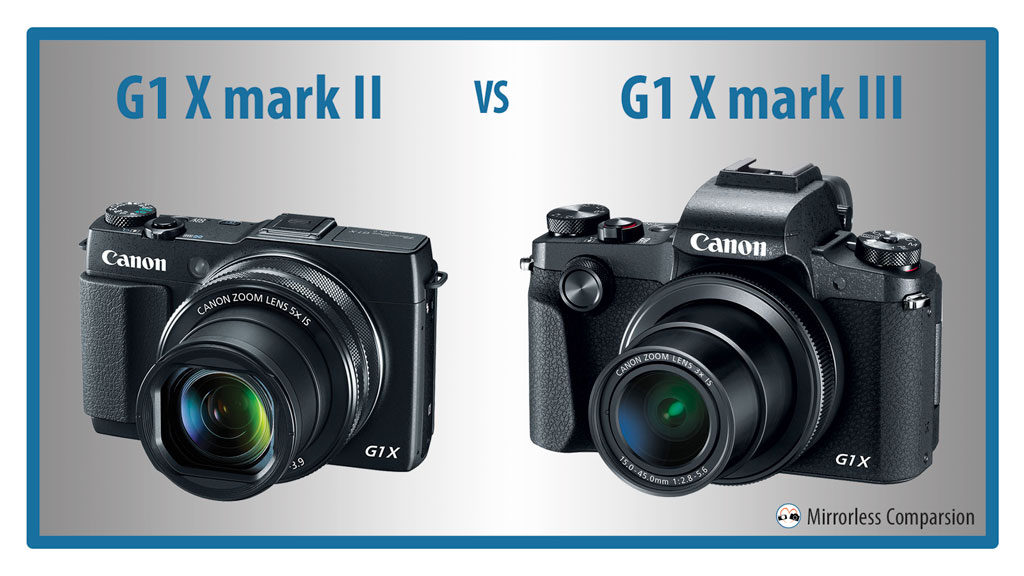The Sony E-mount range currently consists of three flagship cameras, two of which are the brand new A7rIII for the full-frame series and the a6500 for the APS-C range.* Though there are some significant differences between the two models, such as the sensor size and megapixel count, some characteristics are common to both models including a weather resistant body, hybrid phase/contrast detection autofocus, 4K capabilities, and 5-axis sensor stabilisation, just to name a few.
Preview
The 10 Main Differences Between the Sony A7rIII and A7sII
The distinction between the A7r and A7s sub-series has always been easy to summarise: the former is designed for ultimate still photography quality while the latter targets video makers with its stunning low light capabilities. But Sony being Sony, it isn’t surprising to find professional video specifications on the A7r mark III as well, much like its predecessor and other products such as the a6300 and a6500 for example.
The 10 Main Differences Between the Sony A7rIII and A9
Anyone who claims that mirrorless cameras cannot compete with DSLRs in this day in age certainly hasn’t spent any quality time with the Sony A9 or Sony A7r III. Both released in 2017, they target professional photographers and advanced amateurs with a need for high resolution, a snappy autofocus system, fast burst speeds and 4K video.
The 10 Main Differences Between the Sony A7rII and A7rIII
Released in 2015, the Sony A7r mark II was a game changer in the mirrorless segment: it debuted with one of the best 35mm sensors to date, a fast phase detection AF that was the first to offer decent compatibility with DSLR lenses, and excellent 4K capabilities. Now, two years on from the release of the A7r II, we meet the A7r III which brings many welcome improvements to image quality and overall usability.
Canon G1 X Mark II vs G1 X Mark III – The 10 Main Differences
Before the original Sony RX100 appeared on the scene in 2012, there was another premium compact camera that housed a large sensor, the Canon G1 X. Today the series inaugurates the third generation G-series model, which comes after a number of lower-end models (G3 X, G5 X, G7 X and G9 X) that use a slightly smaller 1-inch sensor, just like the RX100 line-up.
While not a lot has changed on the video side (both cameras record in 1080p with the small difference that the mark III version can go up to 60fps), the new camera inherits much of the technology seen on the latest EOS M mirrorless cameras including a new sensor and AF system. Let’s see how they compare by looking at the ten main differences below!

